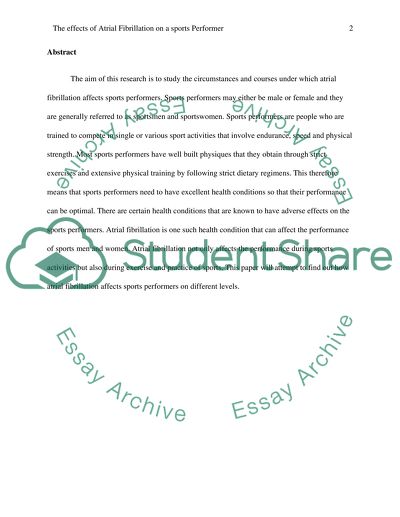Cite this document
(“The Effects Of Atrial Fibrillation On A Sports Performer Essay”, n.d.)
Retrieved de https://studentshare.org/health-sciences-medicine/1391681-the-effects-of-atrial-fibrillation-on-a-sports
Retrieved de https://studentshare.org/health-sciences-medicine/1391681-the-effects-of-atrial-fibrillation-on-a-sports
(The Effects Of Atrial Fibrillation On A Sports Performer Essay)
https://studentshare.org/health-sciences-medicine/1391681-the-effects-of-atrial-fibrillation-on-a-sports.
https://studentshare.org/health-sciences-medicine/1391681-the-effects-of-atrial-fibrillation-on-a-sports.
“The Effects Of Atrial Fibrillation On A Sports Performer Essay”, n.d. https://studentshare.org/health-sciences-medicine/1391681-the-effects-of-atrial-fibrillation-on-a-sports.


